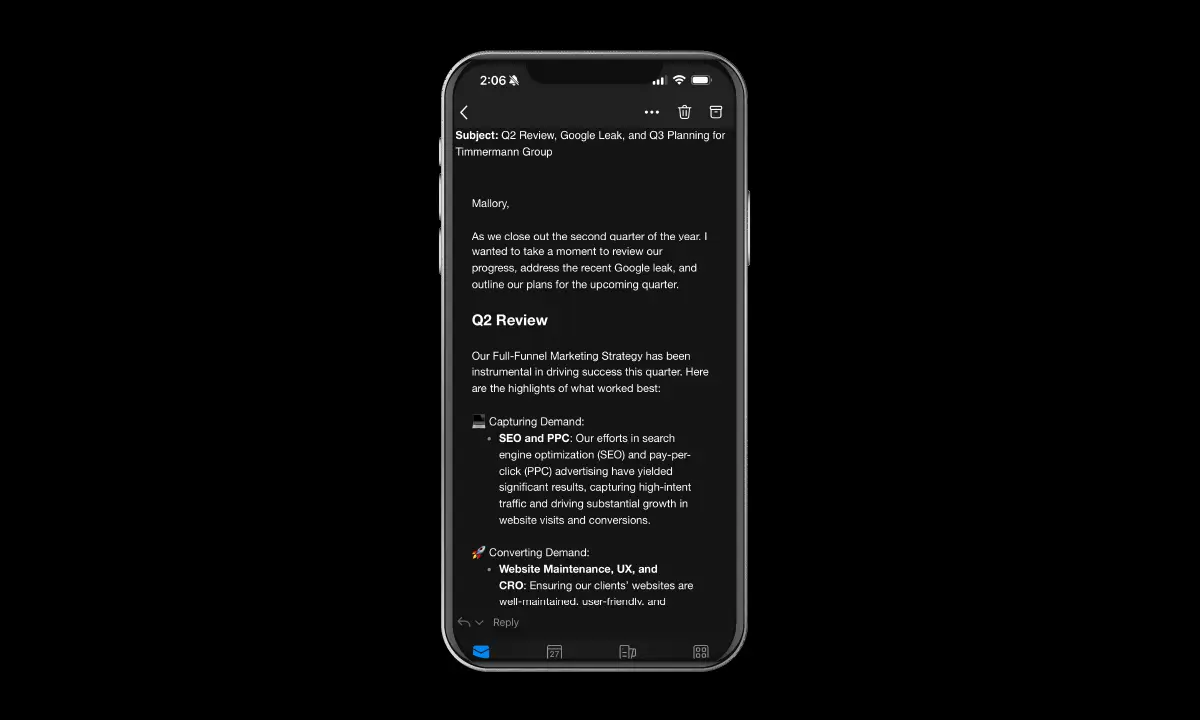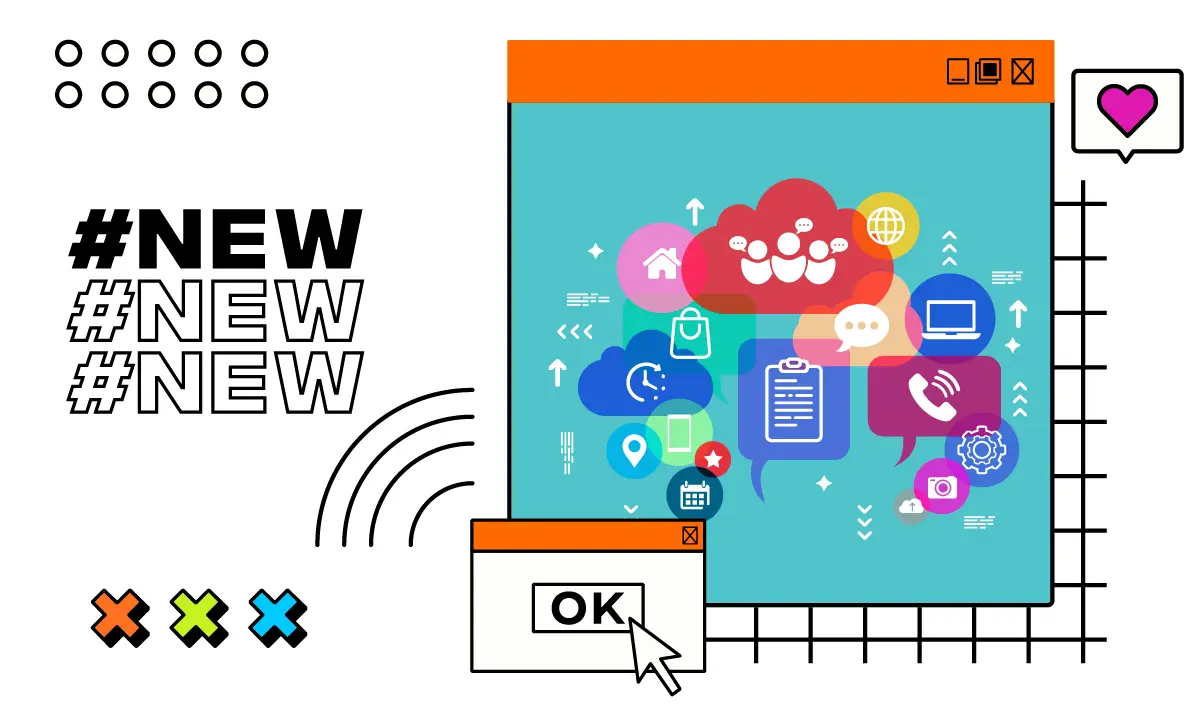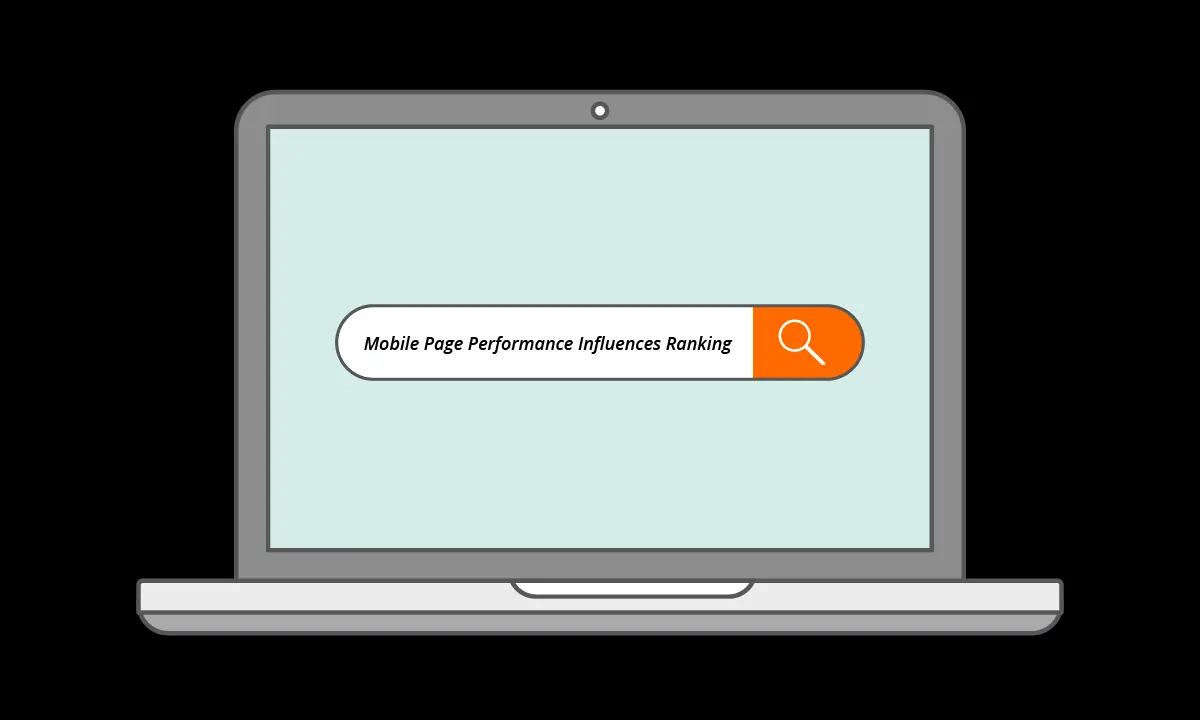Digital Marketing Trends: What Tactics are Gaining Traction
In digital marketing, keeping up with the latest trends is not just beneficial—it’s crucial. As consumer behaviors and technological capabilities evolve, marketing strategies must change, too, to continue effectively engaging audiences and staying competitive and relevant. The digital world evolves rapidly with new tools, platforms, and strategies, and it’s a lot to keep up with when trying to run your own business.
At Timmermann Group, we understand the importance of staying ahead of the curve. Our expert team is dedicated to identifying and implementing the most effective digital marketing strategies to help our clients succeed.
In this blog, we’ll explore the current digital marketing trends making waves and discuss how leveraging these trends can enhance your efforts. Whether you want to refine your existing strategy or explore new opportunities, we’ll provide the expertise and insights to ensure you use the right tactics for success.
7 Key Digital Marketing Trends to Explore
1. Artificial Intelligence
We can’t begin the discussion of digital marketing trends without discussing one of the biggest buzzwords: artificial intelligence (AI). According to a Brandwatch survey, 92 percent responded that AI marketing integration was imminent. Such heavy use of AI marks a significant industry shift that requires a new strategic approach to marketing.
Multifaceted Applications of AI
AI is not just a single tool but a comprehensive approach that can streamline various marketing tasks and improve campaign creativity. Utilizing the right applications in the right ways revolutionizes how marketers work, helping craft engaging social media posts, generating personalized website content, designing visuals, and more. AI increases efficiency, allowing marketers to focus on higher-level strategic activities and driving innovation across all areas of marketing.
Voice Cloning and Chatbots
Two AI areas that have seen significant growth recently are voice cloning and chatbots. AI voice clones can transform multiple scripts, such as video calls and transcripts, into various content formats, like blogs and social posts, while allowing marketers to do voiceovers without re-recording. However, if cloned voices are used without consent, there could be significant ethical and legal issues.
Chatbots and automation have revolutionized customer service. Marketers have recognized their potential for improving customer interactions and efficiency despite design flaws and functionality gaps. Meta stated that users and businesses participate in 600 million daily chats across their platforms. On the other hand, Gartner research found that just eight percent of customers used a chatbot during customer service interactions with 25 percent of them saying they’d use an AI chatbot again. While chatbots may not be perfect, there’s no question that their potential benefits don’t have them going anywhere anytime soon.
The AI Impact on Marketing Strategies
In addition to assisting in creative tasks, AI can also boost productivity by automating routine tasks, analyzing marketing data, and enhancing SEO efforts. According to Semrush Trends data, traffic to AI-related domains that assist in these tasks increased by 1,000 percent in 2023, reflecting the rapid adoption and integration of AI technologies.
While AI is undoubtedly useful, it’s crucial to continue making an emotional connection with your audience, and that’s not necessarily something a robot is great at doing. Our guide on humanizing your brand presents insights on leveraging AI while maintaining a human touch.
Ownership and Ethical Considerations
Despite the many advantages, using AI-generated content raises important questions about ownership and ethics. When brands use AI to create or alter content, the tool used may partly own the resulting material, and shared ownership could lead to potential copyright or legal issues. Additionally, AI tools may incorporate the intellectual property of others, posing ethical concerns and potential legal action, so any creative items that have been generated should be carefully reviewed to ensure there is no creative copyright infringement.
2. Make it Personal & Keep it Authentic

There’s so much clutter within the digital space, making personalization and authenticity key to capturing in retaining customers. Brands everywhere are vying for attention, and creating a deeply personalized experience that showcases how genuine your brand is can be enough to set you apart.
The Power of Personalization
Personalization is necessary. Offering tailored experiences significantly boosts customer loyalty and retention. Customers who are presented with a more personalized interaction feel valued, making them more likely to become loyal to your brand. In fact, 60 percent of consumers reported becoming repeat buyers after they’ve been presented with a personalized purchasing experience. Ignoring this valuable approach will only lead to your business being left behind.
Leveraging Personalization in Marketing
There are various ways you can incorporate personalization into your marketing strategy. For example, email marketing from the subject line to the body copy is more effective when messages are tailored to the recipient’s preferences and behaviors. A personalized paid ad journey or targeting specific customer segments can also enhance engagement and overall return on investment.
To maximize the benefits of personalization, it’s necessary to gather and use customer data responsibly. Offering incentives, like birthday discounts, encourages customers to share their personal information, allowing your business the capability of more customized interactions. Moving beyond broad marketing personas to focus on individual characteristics and needs within customer segments is crucial.
Showcasing Authenticity
While personalization is vital, it must be paired with authenticity. Customers are growing wary of traditional marketing tactics and actively seeking genuine brand connections. Authenticity involves being transparent, honest, and consistent in your brand messaging and actions. Building trust through authentic interactions can strengthen your brand’s relationship with your audience.
3. Social Media Becomes Even More Crucial

Social media continues to become more significant in digital marketing, offering unparalleled opportunities to engage with customers, gather insights, and drive sales. As consumers rely more on social platforms for product discovery, purchasing, and interaction, businesses need to prioritize having an authentic and accessible presence on various channels.
The Rise of Social Commerce
Semrush Trends data found that social media traffic increased by almost 65 percent year-over-year in 2023. Social media platforms have become a primary place for product discovery, with 50 percent of consumers worldwide using it to find products that interest them. Consumers spend an average of over 2.5 hours daily on social media, making it an ideal marketplace for brands.
New shopping features on platforms like TikTok are driving the growth of social commerce. Affiliate marketing is also on the rise, offering a cost-effective way for brands to leverage trust and reach new customers. As social commerce becomes more prevalent, businesses must understand their customers’ shopping preferences and how social content influences purchasing decisions.
Social Listening
Social media users are predicted to reach 5.17 billion worldwide in 2024, making these platforms a wealth of consumer opinions and insights. Despite active brand engagement, businesses only control 1.5 percent of discussions about their products or services, highlighting the importance of using the data gained from social media to shape a customer-centric strategy.
Social listening tools are crucial in informing marketing strategies. These allow marketers to access real-time consumer insights, helping them understand current preferences, intent, and feedback. Leveraging social listening insights can guide customer research and improve marketing decision-making.
Boosting the Experience with Real-Time Consumer Insights
In today’s economy, real-time consumer insights are invaluable. They enable businesses to identify customer preferences, understand purchase intent, and learn from product-related discussions. According to Adobe and Oxford Economics, improving the customer experience is a significant priority for 85 percent of executives. A seamless, responsive customer experience can drive customer loyalty and satisfaction.
Social Search
Social media platforms are quickly becoming consumers’ preferred search engine. Hubspot’s 2023 global social media trends report indicates that 87 percent of social media marketers believe consumers will find their brand via social media rather than traditional search engines. Platforms like TikTok have even surpassed Google as the primary source of information for Gen Z.
Social media offers real-time, authentic content that resonates with consumers because they view it as less biased than traditional search engines. Users increasingly rely on these channels for brand discovery, product recommendations, and educational content.
4. Merging the Digital World with the Physical
As virtual reality (VR) and augmented reality (AR) technologies become more accessible and integrated into daily life, companies leverage these innovations to enhance consumer experiences. This growing trend of merging digital and physical realities presents exciting opportunities for marketers to engage with their audiences in new ways.
The Growth of AR and VR Technologies
AR and VR revolutionize consumer experiences by leveraging interconnected devices and higher data processing speeds. Their improved quality and accessibility promise significant gains for marketers, particularly in e-commerce. Shopify research indicates that AR experiences can boost e-commerce conversion rates by 40 percent. AR allows consumers to virtually try on clothing, see products in their homes, and enjoy interactive demos, creating a gamified, socialized shopping experience.
The Expansion of the Internet of Things (IoT)
The IoT transforms how consumers interact with their environments. In 2023, the number of IoT-connected devices increased by 16 percent, and experts anticipate over 29 billion connected devices worldwide by 2027. Semrush Trends data shows a 19 percent increase in visits to the top 50 IoT-focused websites over the past two years, particularly those specializing in smart home and smart city technologies.
As 5G and edge computing technologies expand, IoT devices will become more prevalent, bringing in a new user experience era. This growth opens up innovative ways for marketers to engage with audiences through interconnected devices. The connectivity provided by IoT and the rapid data processing capabilities enable location-based marketing and immersive AR/VR experiences, transforming customer experiences.
5. Growing Use of Video and Audio Content
As content marketing evolves, there’s a substantial shift from traditional, written content to video and audio formats, like podcasts and streaming. This change is reshaping how audiences consume information and how marketers engage with them.
Streaming, Podcasts and Short-Form Videos
While content format preferences can vary by age group, the popularity of video transcends demographics. YouTube reports streaming over 1 billion hours of video daily, and Statista noted the online video audience reach in Q3 of 2023 was 92 percent.
The short-form video became the standout content format of 2023 and is expected to dominate through 2024. Platforms like TikTok, Instagram, and YouTube lead this trend, while the popularity of podcasts and the influence of over-the-top (OTT) streaming platforms are notable trends for marketers.
The OTT video market is estimated to reach $325.4 billion in 2024, and traffic to top streamers has grown nearly 59 percent over the past two years. Ad-supported subscriptions are a promising trend in OTT streaming. They offer consumers lower monthly fees while allowing companies to boost revenues through ad sales. For marketers, this translates to more advertising opportunities across various platforms.
Podcasts also present a growing advertising and marketing opportunity. Over 500 million people are expected to listen to podcasts this year, and the industry value is only expected to grow. As podcasts mature, industry leaders monetize through exclusive content streams, merchandising, and live events. Many podcasters sell ad space, providing marketers with a platform to connect with consumers.
6. Search Engine Optimization is Still Alive & Well

Some in the digital marketing world think SEO is dying, but it remains as critical to a successful digital marketing strategy as it has ever been. However, SEO constantly evolves, and businesses must stay up-to-date with the latest best practices to ensure the best results. SEO professionals are exceptional at adapting to constant changes and new information, which often means adjusting to algorithm updates and rethinking strategies based on new insights. One such recent dump of insights includes “leaked” Google documents regarding their Application Programming Interfaces (API).
Some of the biggest trends to make their way into SEO this year include:
- Understanding What Google Means by “Helpful” Content
- How AI is Influencing Future Content Creation
- Keeping Content Fresh is Critical to Performance
- Mobile Page Performance Influences Ranking
- Understanding Search Generative Experience
Learn more about these trends and what they mean for digital marketing by reading our recent blog about Emerging SEO Trends.
7. Support & Use Human Creativity
Digital marketing is always asking for new ways to capture customer attention. While AI has proven useful in some aspects, the creativity and emotional connection you get from an actual human remains irreplaceable.
On average, Americans encounter between 4,000 and 10,000 ads every day. The human attention span has shrunk to only 8.25 seconds—shorter than that of a goldfish. Brands must leverage creative ingenuity to capture and retain consumer attention quickly. Generative AI is great at automating communication workflows, translating and summarizing data, and even structuring content, but it cannot replace the nuanced human touch required for genuine creativity.
Supporting those on your team working in creative positions can help you achieve the other trends of authenticity, personalized content, and social media interaction. Users will always prefer real interaction, and true innovation can only come from humans.
Create a Digital Marketing Strategy that Works for Your Business with TG
Staying ahead of the ever-evolving digital marketing trends requires a keen understanding of the latest trends and a commitment to innovation. From the transformative impact of AI to the irreplaceable value of human creativity, these trends highlight the industry’s dynamic nature and the necessity for businesses to adapt swiftly. By embracing these insights and integrating them into your marketing strategies, you can ensure your brand remains relevant and engaging to your audience.
Ready to take your digital marketing to the next level? Contact Timmermann Group today to stay ahead of the curve and keep up with the latest trends. Our team of experts is here to help you navigate the complexities of digital marketing and craft strategies that drive results.

